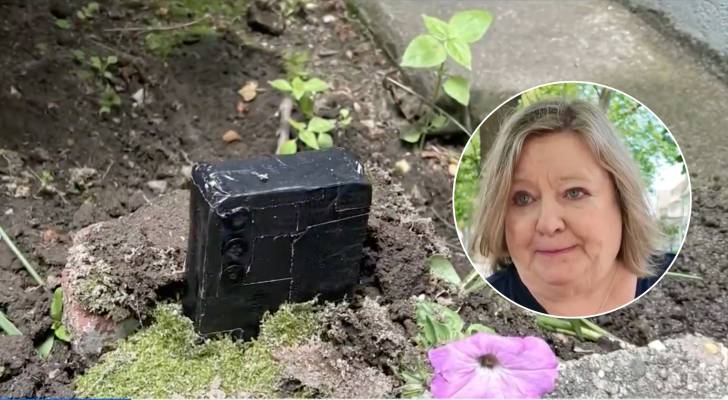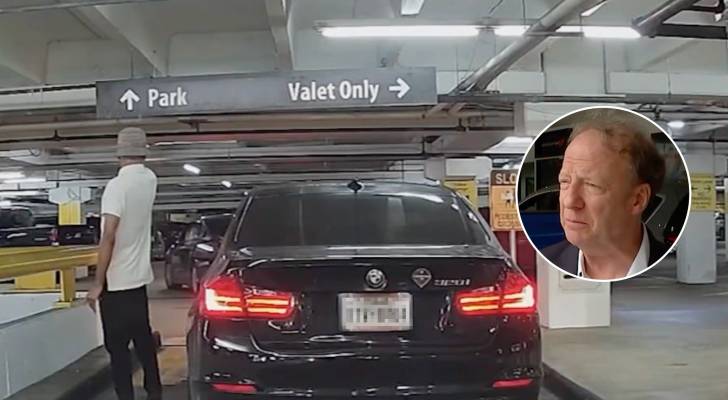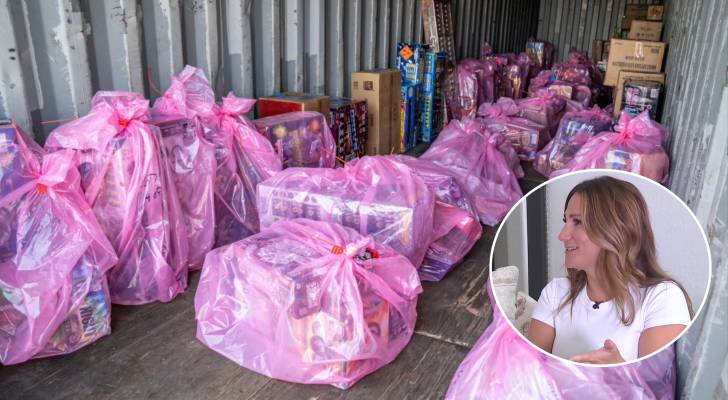‘It doesn’t make any sense’: This Georgia homeowner’s HOA has been dinging her for years with fees of up to $2,700 — with no explanation. As foreclosure looms, legal help may be on the way
Homeowners in Channing Cove, a subdivision in Conyers, Georgia, are pushing back — demanding answers about where their mandatory HOA fees are going. Michelle Bernard has lived in the neighborhood for nearly two decades, but says she still feels like she’s fighting to own her home. The business owner, wife and mother is one of […]
California homeowner blames PG&E worker for sparking a fire that he says could have cost him everything — and it’s not the first time the utility giant has been at the center of a firestorm


Andres Montoya built a peaceful life on his five-acre property in San Martin, complete with horses, chickens, goats and the kind of rural calm you can’t put a price on. But that peace nearly went up in smoke after a fire broke out on his family’s property. Don’t miss I’m 49 years old and have […]
‘Why us?’: This NYC homeowner found a phone wrapped in duct tape buried in her lawn — and police say it’s part of a new tactic burglars are using to spy on potential victims


A Queens woman found what looked like a phone buried in her front lawn — but it wasn’t just lost property. Mary Kehoe, who’s lived in her Forest Hills home for 35 years, spotted the strange device outside. It looked like an Android phone wrapped in black tape, with only the camera exposed — like […]
A Texas woman sold her BMW on Facebook Marketplace for $3,500 — but then saw blowback from strangers online after it was used in a shooting. How to protect yourself in a private vehicle sale


Selling a car through online marketplaces isn’t new. It’s a go-to way for people to squeeze a little extra cash out of their used ride. But what most sellers don’t think twice about is who’s driving off with their keys — and maybe they should. On May 31, Tania Leija sold her black 2013 BMW […]
This Las Vegas mom says she feels like she was ‘deceived’ after buying what she thought were legal fireworks to celebrate the Fourth — sparking a $500 fine and leaving her smouldering


Nothing says Fourth of July prep like a last-minute dash for burgers, chips and a few fireworks to light up the night. But as Denise Huntsman and her kids stocked up for the holiday, they were hoping to keep the celebration budget-friendly. Huntsman and her two kids, Jace and Deegan, made a pit stop in […]
This 28-year-old from Miami started selling this 1 very basic clothing item 2 years ago — and it’s already achieved cult status, bringing in over $16,000,000/year. But can she keep it up?


If you’ve noticed your daughter wearing an oversized sweatshirt with “PARKE” stamped across the chest, you’re not alone. Launched in 2022 by 28-year-old Chelsea Kramer, the brand has quickly become a Gen Z wardrobe staple. Kramer started out focusing on upcycled vintage denim, but it was the simple, cozy and limited-edition sweatshirts that created a […]
Living the dream, leasing the nightmare: Young renters are now paying over $6,000 a month to chase the ‘West Village Girl’ fantasy


To her million-plus followers, Miranda McKeon isn’t just living in the West Village — she’s selling the dream. At 23, her mix of polished fashion posts and raw honesty about her breast cancer journey has built a brand that feels both aspirational and relatable, with her West Side Village lifestyle front and center. Long before […]
‘We call it the stealthy wealthy’: These millionaires didn’t work on Wall Street — they built fortunes filling everyday needs. Here’s what you can learn from them


Some of the country’s top earners are building quiet empires — not on Wall Street or in Silicon Valley, but in ordinary places. “We call it the stealthy wealthy,” Owen Zidar, a Princeton economist who has studied the group with University of Chicago economist Eric Zwick, told The Wall Street Journal. Don’t miss I’m 49 […]
This woman thought she was sending a teen $2 for a bottle of water on a hot day — until she realized he’d taken $1,100. And she’s not the only one who’s been scammed by Atlanta’s ‘water boys’


As the summer heat kicks in, nothing’s more refreshing than grabbing a cold bottle of water while you’re stuck in traffic. But for some Atlanta drivers, that quick sip has turned into a costly scam draining wallets faster than you can say “Cash App." So-called water boys — teens who hustle bottled water to passing […]
This finance personality freed herself from $300K in debt — by replacing her shame with strategy. Here’s how she helps others find purpose in their finances through ‘curiosity’
You might recognize her as @TheBudgetnista on TikTok, sharing money wisdom with warmth and wit. But Tiffany Aliche’s impact goes far beyond viral videos. Before the books, the interviews and the online following, she was on the ground teaching women, particularly women of color, how to navigate financial systems not built with them in mind. […]
